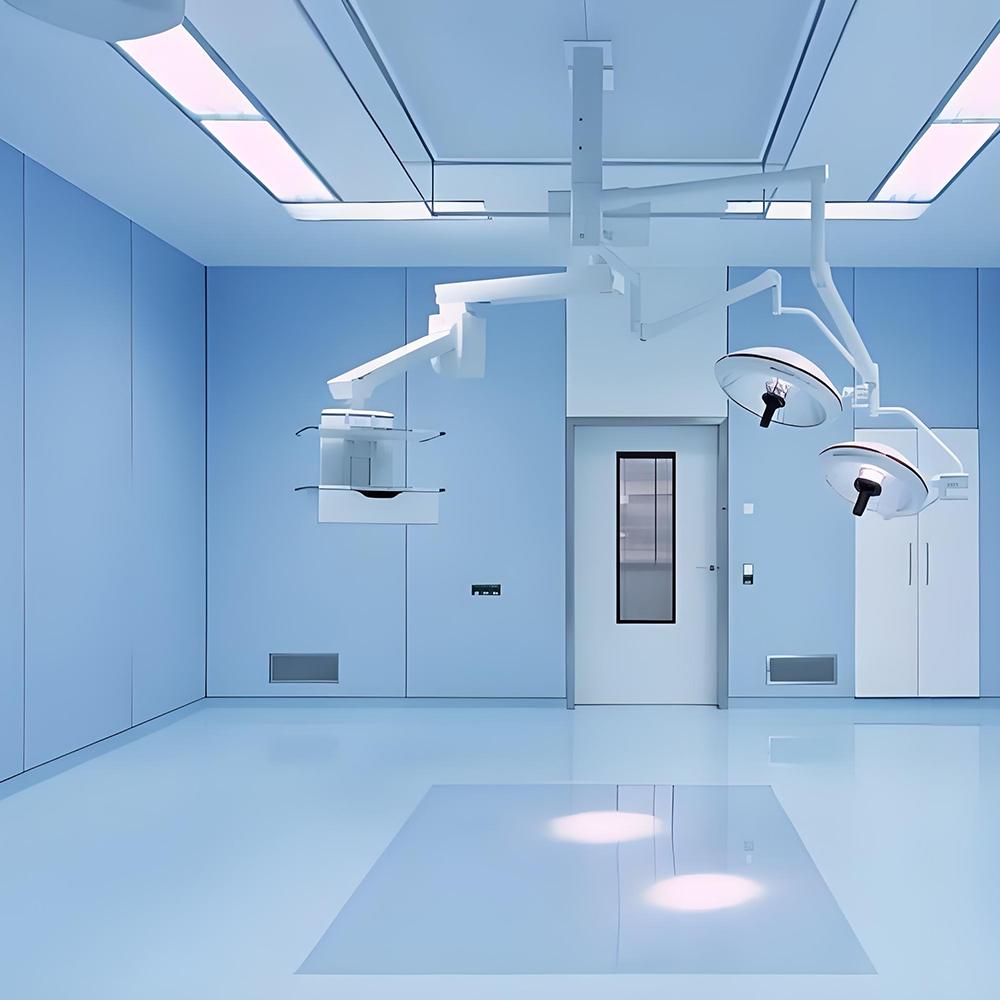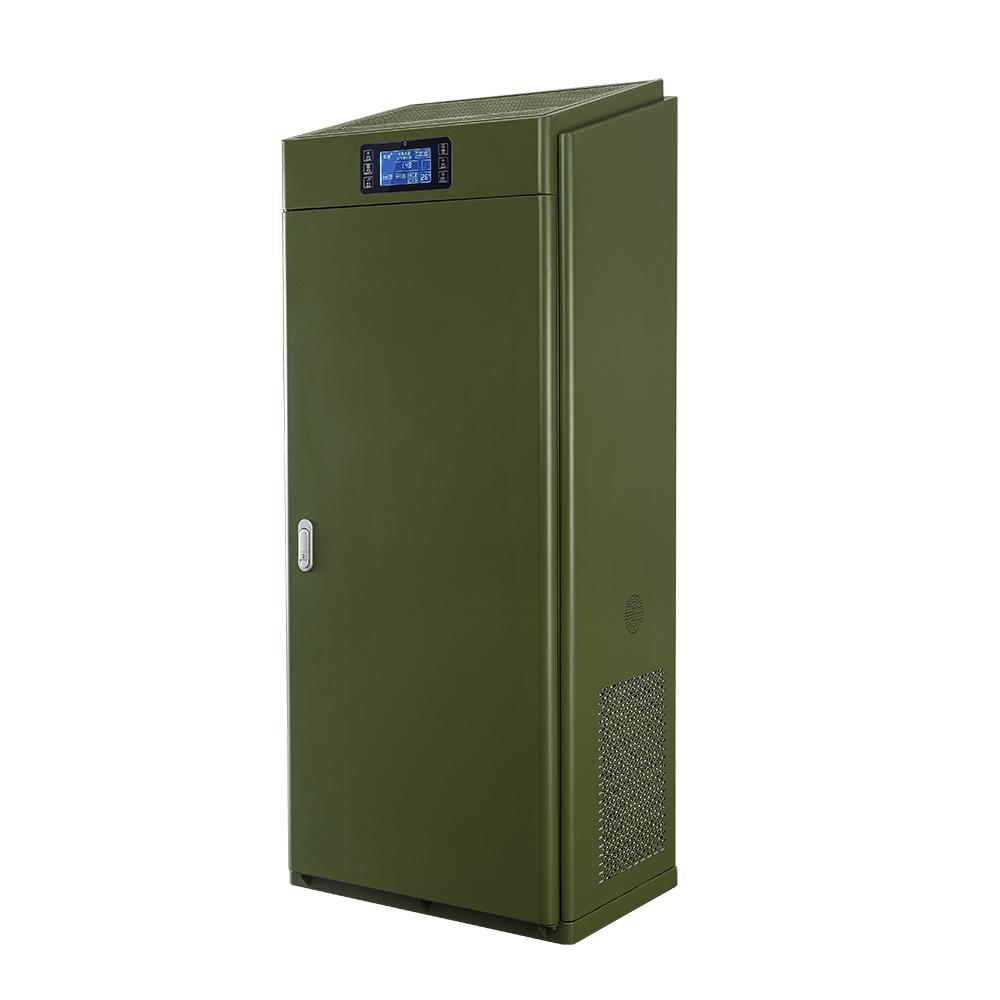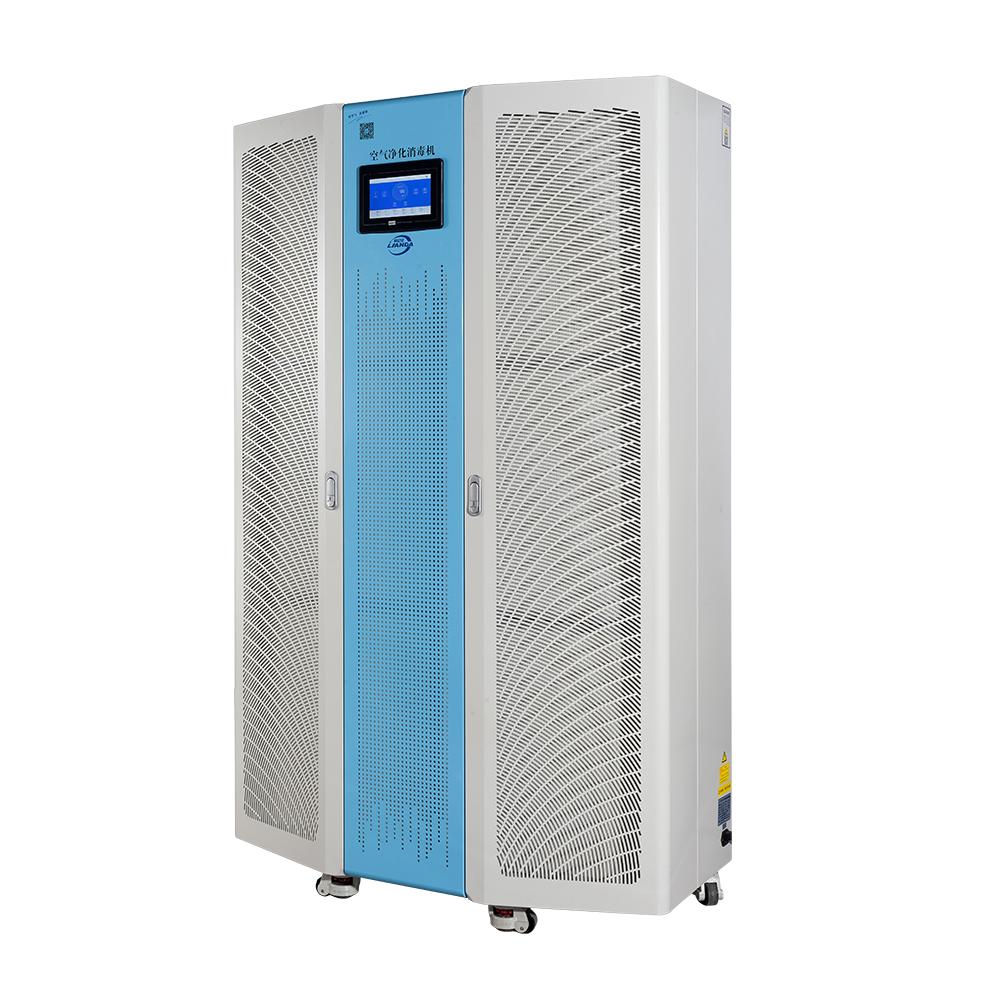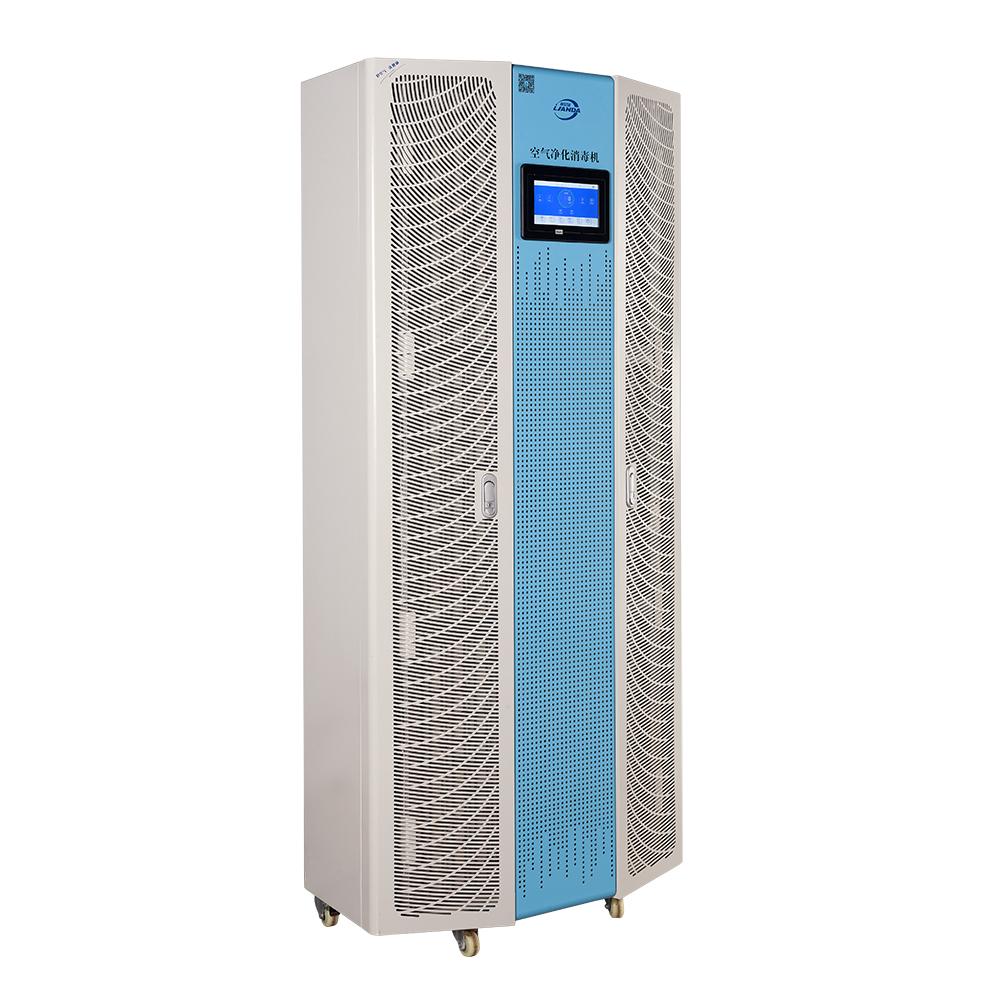Can air purifiers remove formaldehyde?
With the improvement of people's living standards, indoor air quality has gradually received attention. Especially in newly renovated houses, formaldehyde, as a harmful substance, often becomes the focus of people's attention. Formaldehyde is mainly found in wooden furniture, floors, wall panels and other decoration materials, and long-term exposure may have serious effects on human health. Therefore, many families began to look for effective air purification methods, among which air purifiers have become a popular choice. So, can air purifiers effectively remove formaldehyde?
First, let's look at the working principle of air purifiers
Air purifiers generally purify the air through several different technologies, mainly including physical filtration (such as HEPA filters), chemical adsorption (such as activated carbon) and photocatalysis. Among them, HEPA filters are mainly used to capture tiny particles in the air, while activated carbon adsorbs various gases, including volatile organic compounds such as formaldehyde, through its porous structure.
The effect of air purifiers on formaldehyde removal
Activated carbon filtration: Activated carbon is a commonly used air purification material because it has a strong adsorption capacity and can effectively adsorb pollutants such as formaldehyde. Many air purifiers are equipped with activated carbon filters, which can theoretically remove formaldehyde to a certain extent. However, activated carbon has limited adsorption capacity and is no longer effective once saturated, so it needs to be replaced regularly.
Photocatalytic technology: Some high-end air purifiers use photocatalytic technology, which can decompose harmful substances such as formaldehyde under the action of light. This method has a high removal efficiency, but it should be noted that the effect of photocatalysis depends on the intensity of the light source and the duration of use.
Ozone generator: Some air purifiers also produce ozone, which is mistakenly believed to be able to effectively decompose formaldehyde. In fact, ozone is harmful to the human body at high concentrations, and its decomposition ability is limited in actual use, so this type of product is not recommended.
Precautions for using air purifiers
Although the main function of air purifiers is to remove dust and bacteria, purify the air, and can remove formaldehyde to a certain extent, air purifiers alone cannot completely eliminate formaldehyde pollution. In order to more effectively reduce the indoor formaldehyde concentration, it is recommended to take the following measures:
Ventilation: The simplest and most effective way is to keep the room ventilated to promote the volatilization and dilution of formaldehyde.
Reasonable selection of decoration materials: When decorating, try to choose environmentally friendly materials, such as wood products with low formaldehyde release. You can also remove formaldehyde at the source, directly seal the formaldehyde in the furniture, so that it cannot be released into the air.
Plant assistance: Some indoor plants (such as green radish, ivy, etc.) are believed to be able to absorb some formaldehyde, but the effect is relatively limited and should be used as an auxiliary measure.
Regular testing: You can use formaldehyde detection instruments regularly to monitor indoor formaldehyde concentration and keep abreast of indoor air quality.
In general, air purifiers do have a certain effect in removing formaldehyde, especially products combined with good filtering technology. However, relying solely on air purifiers cannot completely solve the problem of formaldehyde pollution. In order to better protect the health of family members, it is recommended to use a combination of methods to reduce formaldehyde release from the source while maintaining good indoor ventilation.





